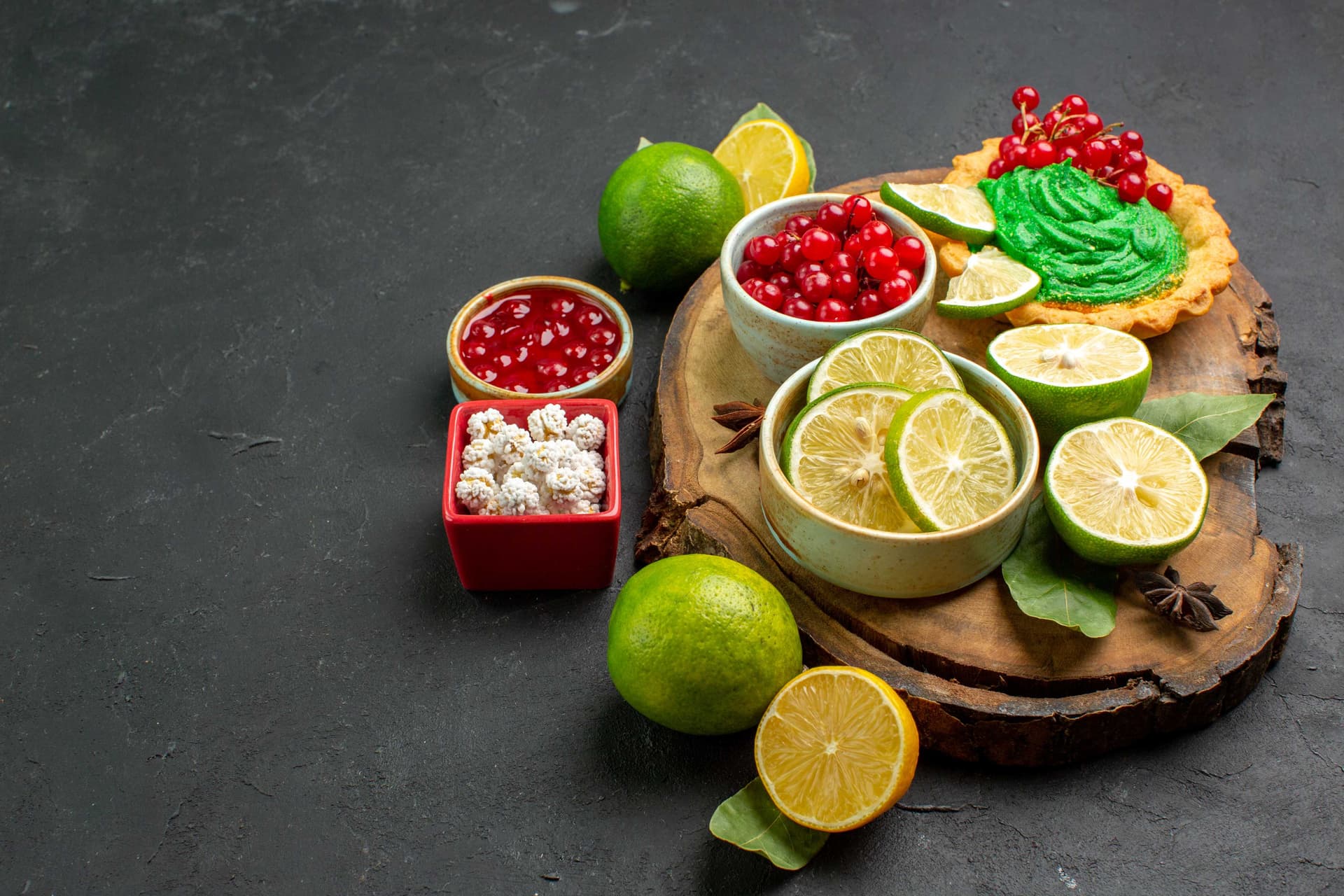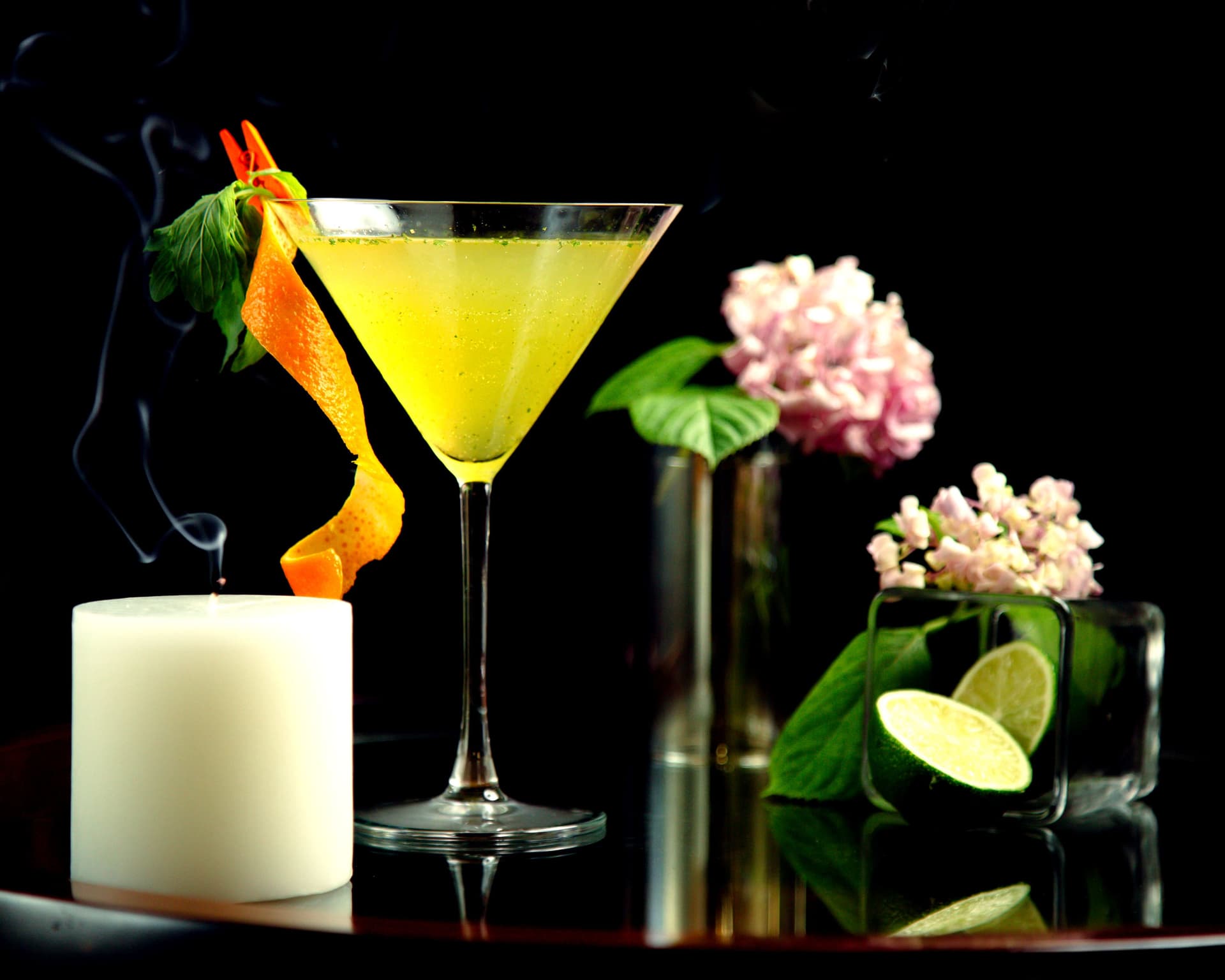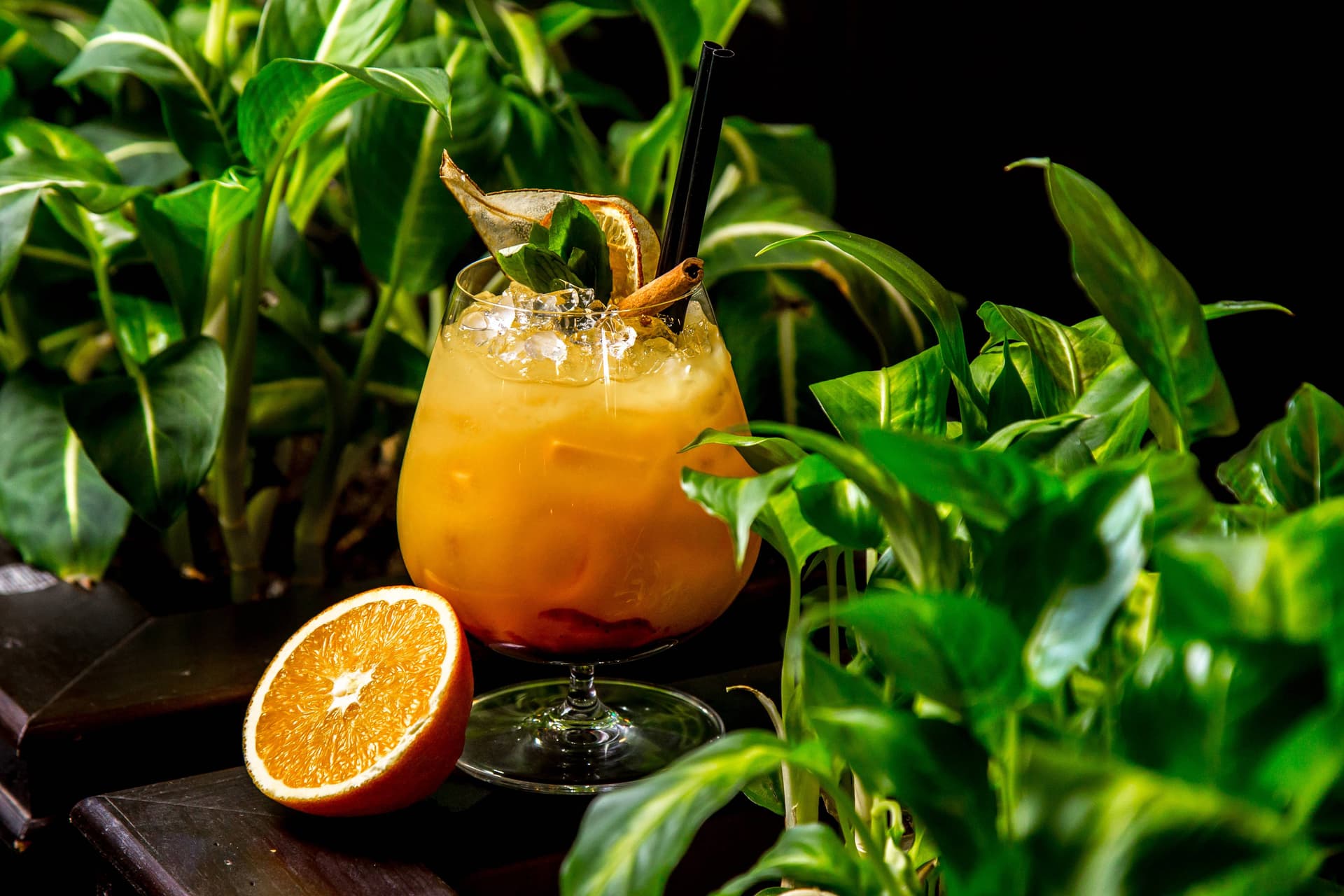Cocktail Garnishes For Beginners – Master Fancy Techniques With Ease
Cocktail garnish techniques are a crucial part of mixology because they directly influence the drink’s overall presentation and flavour perception. Even for beginners, a well-executed garnish can elevate a simple cocktail into a visually striking beverage. Techniques such as twisting, flaming, rimming, or layering garnishes are not just decorative; they enhance the aroma, release essential oils, and subtly modify taste.
Beyond flavour, garnish techniques guide the drinker’s attention and create a sense of occasion. Proper placement, proportion, and alignment demonstrate precision and professionalism, reflecting the bartender’s skill and attention to detail. Techniques also allow for creativity while maintaining balance; overly large or mismatched garnishes can overwhelm a drink. Mastery of garnish techniques is therefore essential for producing cocktails that deliver a complete aesthetic with the serve.
What Are the Common Mistakes Made When Using Cocktail Garnish Techniques?
Common mistakes in cocktail garnish techniques often stem from neglecting proportion, balance, and function. One frequent error is using oversized or irrelevant garnishes that distract from the drink rather than complement it. Overly aromatic ingredients, such as burnt citrus or robust herbs, can overpower the cocktail’s base flavour. Another issue arises from poor placement; a garnish resting incorrectly on the rim or within the drink may hinder aroma release. Inconsistent cutting or handling leads to uneven presentation and reduced freshness. Using wilted herbs, pre-cut fruit that has oxidised, or improperly cleaned materials, reduces quality and visual appeal.
Overcomplicating designs with multiple garnishes can also confuse the drink’s purpose and appear cluttered. Technical precision — like twisting citrus correctly or ensuring even rimming — is vital for maintaining professionalism. Temperature control is another overlooked factor; garnishes should be fresh and chilled when required, never melting or bleeding colour into the drink.

How Can Beginners Practise and Perfect Cocktail Garnish Techniques?
Beginners can perfect cocktail garnish techniques by focusing first on control, precision, and understanding each garnish’s purpose. It is advisable to start with simple tasks, such as expressing citrus oils correctly or learning to rim glasses evenly with salt or sugar. Practising uniform cuts for citrus wheels or fruit peels helps develop knife skills and visual consistency.
Beginners should also learn how different garnishes react to temperature and timing; for example, mint wilts quickly in high-temperature conditions, while frozen fruit retains shape longer. Observation is key — studying professional presentations reveals patterns in garnish placement and proportion.
What Tools Are Essential for Making Professional Cocktail Garnishes?
The right tools make all the difference in achieving neat, precise, and safe garnishes. A sharp paring knife is fundamental for controlled cutting, while a Y-shaped vegetable peeler helps achieve clean citrus peels without excess pith. Kitchen shears assist in trimming edges for symmetry or shaping decorative points. Using dull tools can tear or bruise the peel, affecting presentation and aroma.
Also Read: Hacks For Creative Pastry Garnishes For Cocktails: Sugar Swirls, Puff Pastry Stirrers, And More

How Can You Cut a Clean Citrus Peel for Twists or Decorative Ribbons?
Creating a perfect citrus peel begins with precision and understanding of the fruit’s structure. The goal is to remove the coloured outer layer without taking too much of the white pith, which adds bitterness. Using a Y-shaped peeler or sharp paring knife, gently glide around the fruit to extract a long, even strip of peel. Once removed, trim the edges neatly with kitchen shears to form a rectangle or taper the ends for a decorative look. The clean, uniform cut not only enhances presentation but also allows the peel to express oils evenly when twisted.
How Can You Shape and Place a Citrus Twist for the Best Presentation?
A well-shaped citrus twist enhances visual appeal and scent distribution. After expressing the oils, shape the peel by wrapping it around a bar spoon handle or chopstick to form a natural spiral. Hold it for a few seconds to set the curve, then release gently. This process ensures the twist retains its form without breaking. Placement depends on the cocktail’s presentation style. The twist can rest elegantly on the rim, be dropped inside for aroma infusion, or balanced across the top for a minimalistic look.

Key Takeaways On Cocktail Garnish Techniques
- Clean cuts, accurate placement, and proper proportions create professional-looking cocktails.
- Garnishes must enhance aroma, balance, and presentation — not simply decorate the glass.
- Sharp knives, Y-peelers, and channel knives ensure uniform and consistent results.
FAQs On Cocktail Garnish Techniques
Q1. What are the basic garnish tools every beginner needs?
Essential tools include a peeler, paring knife, channel knife, tweezers, and citrus zester. Each helps shape fruits and herbs precisely, ensuring consistent, elegant presentation without damaging textures or releasing excess oils unintentionally.
Q2. Can herbs and spices be used as garnishes?
Yes. Herbs like rosemary and mint, or spices like cinnamon and star anise, can enhance aroma and flavour balance. Lightly slap herbs before use to release essential oils for a robust scent.
Q3. How should garnishes be stored?
Store fresh garnishes in airtight containers, keep herbs in damp paper towels, and refrigerate citrus peels. Proper storage maintains freshness, colour, and scent, ensuring garnishes remain crisp and visually appealing for longer durations.
*Drink Responsibly. This communication is for audiences above the age of 25.




